
COOKWARE MATERIALS – ALL THERE IS TO KNOW ABOUT CAST IRON, STAINLESS STEEL, ALUMINUM, AND COATINGS
When choosing cookware, do you consider the material of your new pots and pans as a guiding factor? You’ll find a good overview of the different material properties and their advantages here. This makes it easier for you to find suitable cookware material for your favorite dishes and find a few new favorites in our wide range of cookware products.

While ZWILLING’S product range is quite extensive, they all use one of these materials: 18/10 stainless steel, cast iron, and aluminum. Choose one of these materials when buying cookware from us and make all your cooking dreams come true. We’ll help make your choice a bit easier by introducing the materials and their characteristics below:

All our stainless-steel cookware is made of high-quality 18/10 stainless steel, which is composed mostly of iron with 18% chrome, and 10% nickel, giving this alloy its name. While nickel ensures the material is easy to shape during production and is neutral in taste, chrome provides high corrosion resistance.
The most important advantages of cookware made of 18/10 stainless steel include:
- Excellent corrosion and rust resistance
- Even heating
- Superior durability
- Easy cleaning
SELECTED STAINLESS STEEL COOKWARE
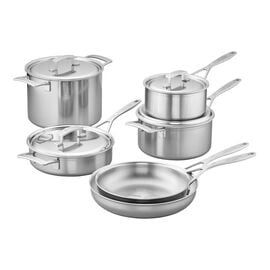

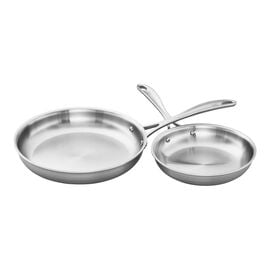

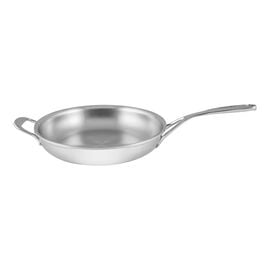

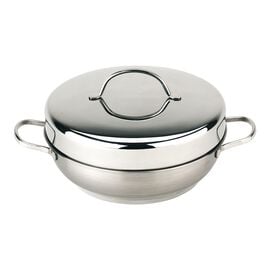

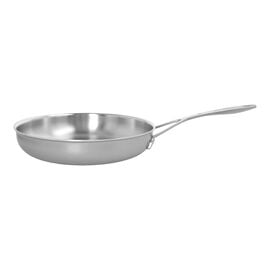

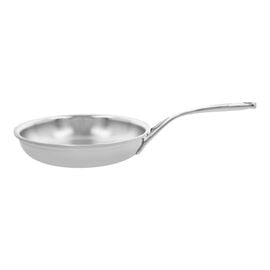

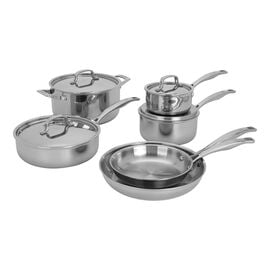


Much of ZWILLING’s cookware has an aluminum core, which has excellent heat conductivity and storage properties. The cookware from our BALLARINI brand uses even more aluminum, making them a pioneer in the field of coated pans. With their special aluminum alloy, these products rapidly absorb heat and ensure energy-efficient cooking. Additionally, they are coated, making them an all-around excellent kitchen product.
The main advantages of cookware made of aluminum:
- excellent heat conductivity
- lightweight
SELECTED COOKWARE MADE OF ALUMINUM
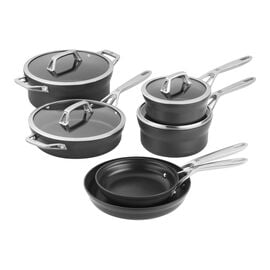

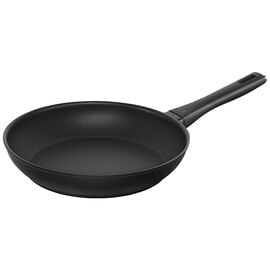

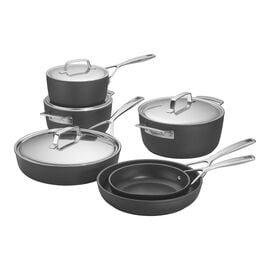

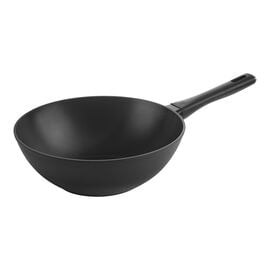

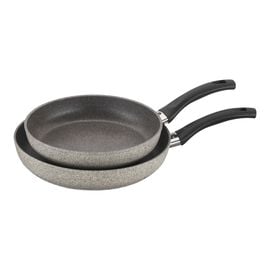

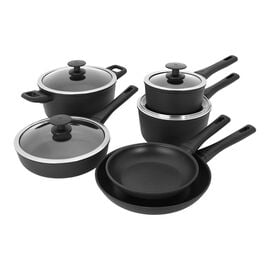

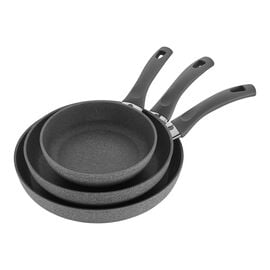


Our STAUB brand specializes in cast iron cookware, essential pots and pans for cooking French classics such as coq au vin or beef bourguignon, or any of your favorite braises and stews. Durable, long-lasting STAUB Dutch ovens are made of iron with an exceptionally high carbon content, making them unsurpassed for slow-cooking meat and vegetables to tender perfection, and for simmering hearty stews and soups. Cast iron possesses exceptional heat-retention qualities, so the pot heats evenly throughout. The cast iron features a glass enamel coating which protects the pots from rust, without the need for seasoning, making them exceptionally easy to care for.
The main advantages of enameled cast iron cookware include:
- Excellent heat retention and distribution
- Superior durability
- Easy maintenance and cleaning (no seasoning required)
SELECTED COOKWARE MADE OF CAST IRON
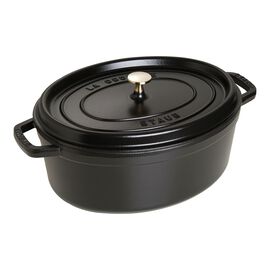

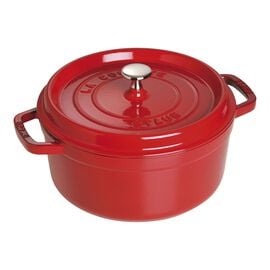

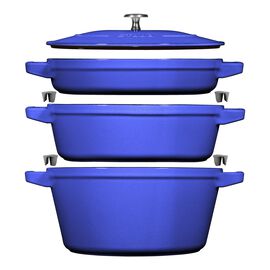

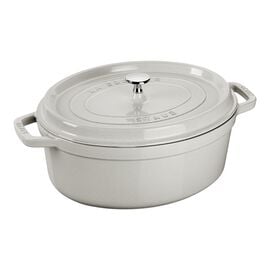

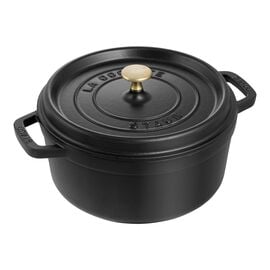

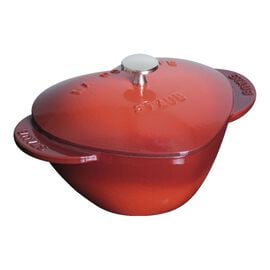

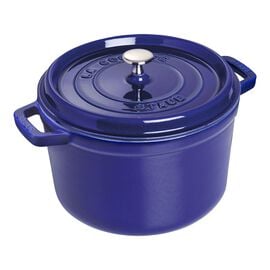

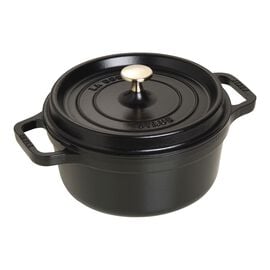

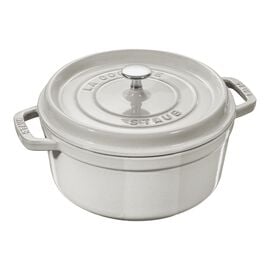


Regardless of the base material, it is not uncommon for cookware to require additional coatings. Coatings prevent food from sticking to the bottom of the cookware. However, there are different coating materials. In our cookware product line, choose between three basic coating types.

This commonly used coating is based on fluoropolymers such as polytetrafluoroethylene (PTFE), which are extremely low-friction and heat-resistant plastics that have been on the market and in non-stick cookware for decades.

Ceramic coatings have an extremely high resistance to mechanical stress. Ceramic coatings should only be up to 200 °C. Otherwise, they lose their non-stick properties.

An enamel coating is similar to a ceramic coating in many respects. With ZWILLING cookware, it is made from glass and is extremely scratch-resistant, smooth, and non-porous. An enamel coating seals the cookware and can be produced in different colors. In daily use, the enamel coating is characterized not only by its high scratch resistance but also by its neutral taste.

































